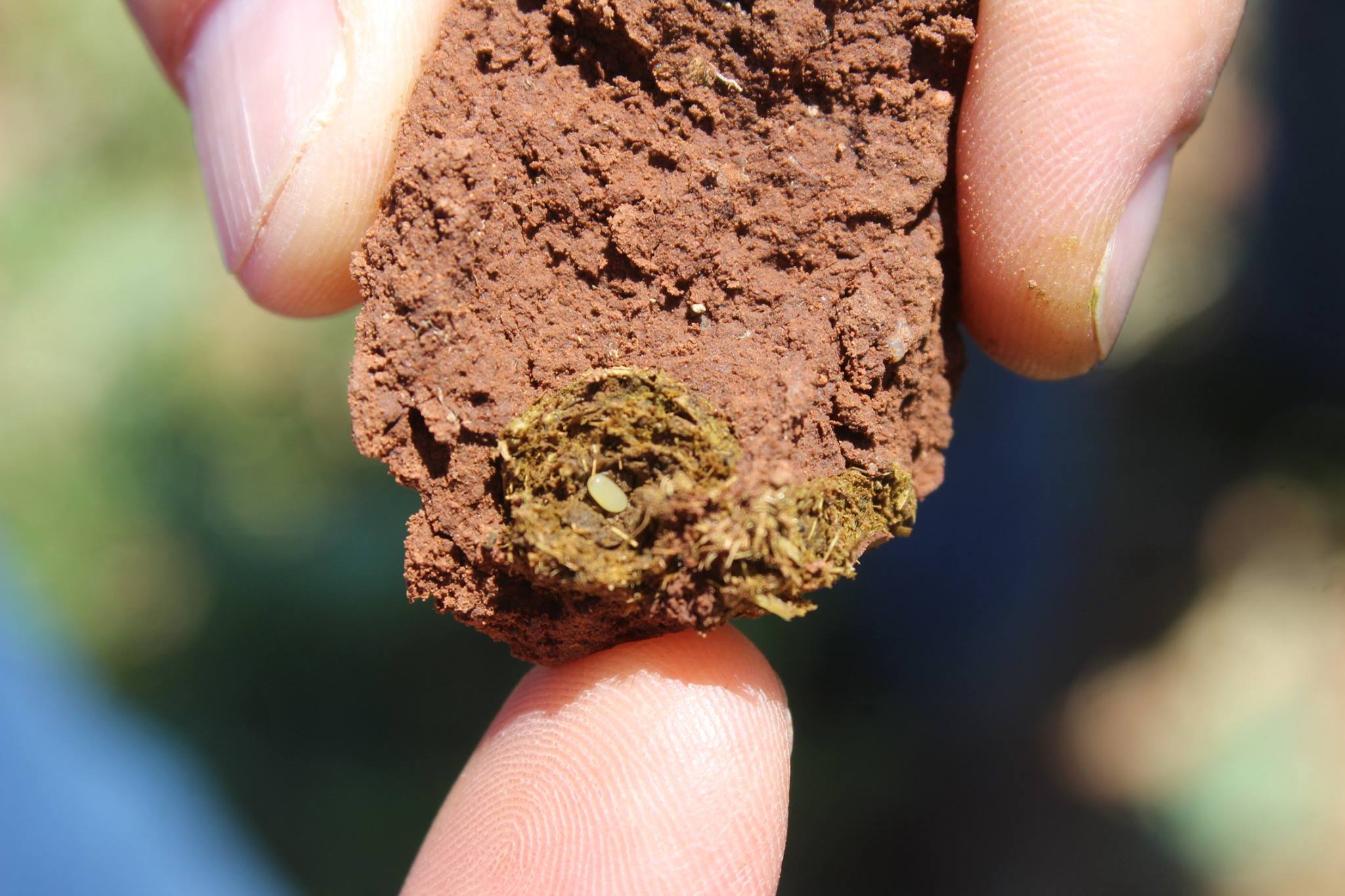Keep the Soil Covered By Rolf Derpsh, Ph.D, Asunción, Paraguay The first step towards soil health is to protect your…

Improving Pasture Health: Bring back Dung Beetles! By Brett Peshek Range and pasture land make up around 27% of all…
Iron deficiency chlorosis (IDC) is an issue that plagues many farmers in regions where the soil contains high amounts of…
Looking to use your cover crop for forage? Be sure to know what the label states on your herbicide for…
Nebraska Farmers Recognized by White House as Champions of Change for “Sustainable and Climate-Smart Agriculture” WASHINGTON, D.C. – On Monday,…
With high nitrate levels with condusive conditions most forages can have the potential to become toxic with nitrates. Some species…
Here’s a more detailed explaination of prussic acid risk concerning varying warm season grasses. This information should be read by…
BMR for grazing or greenleaf silage Cool season grasses are high quality and yield well – in cool weather. Unfortunately…
Sustainable Agriculture Research and Education’s Learning Center has great information about Cover Crops. Browse through a variety of topics to…
Cover Crop Guide a publication of Cornell University, is a great resource for breakdowns on specific seed species. They also…